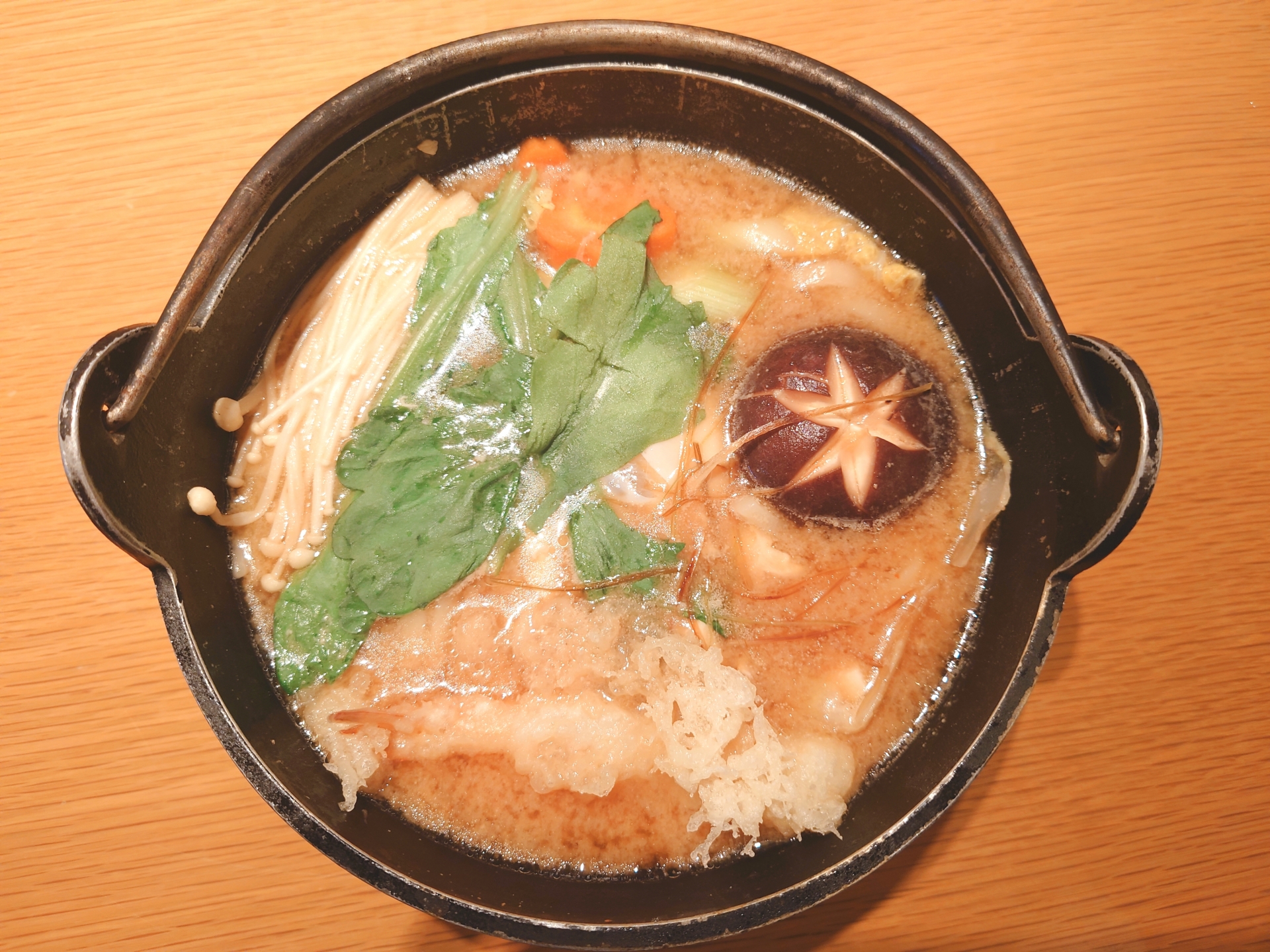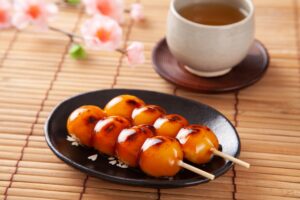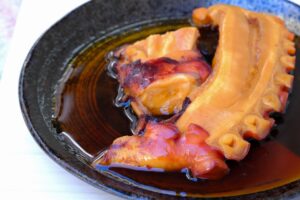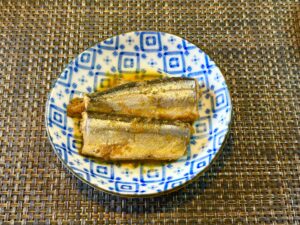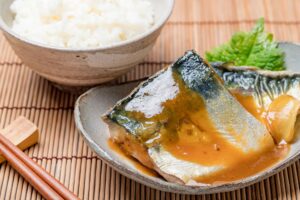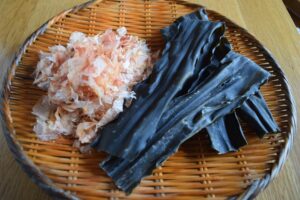Nabeyaki Udon is more than just a noodle soup—it’s a warming, one-pot Japanese comfort food that combines thick chewy udon noodles with savory broth, assorted toppings, and traditional cooking methods. In this article, we’ll explore what makes this dish unique, how to prepare it, and why it holds a special place in Japanese cuisine, especially during the colder seasons.
What Is Nabeyaki Udon?
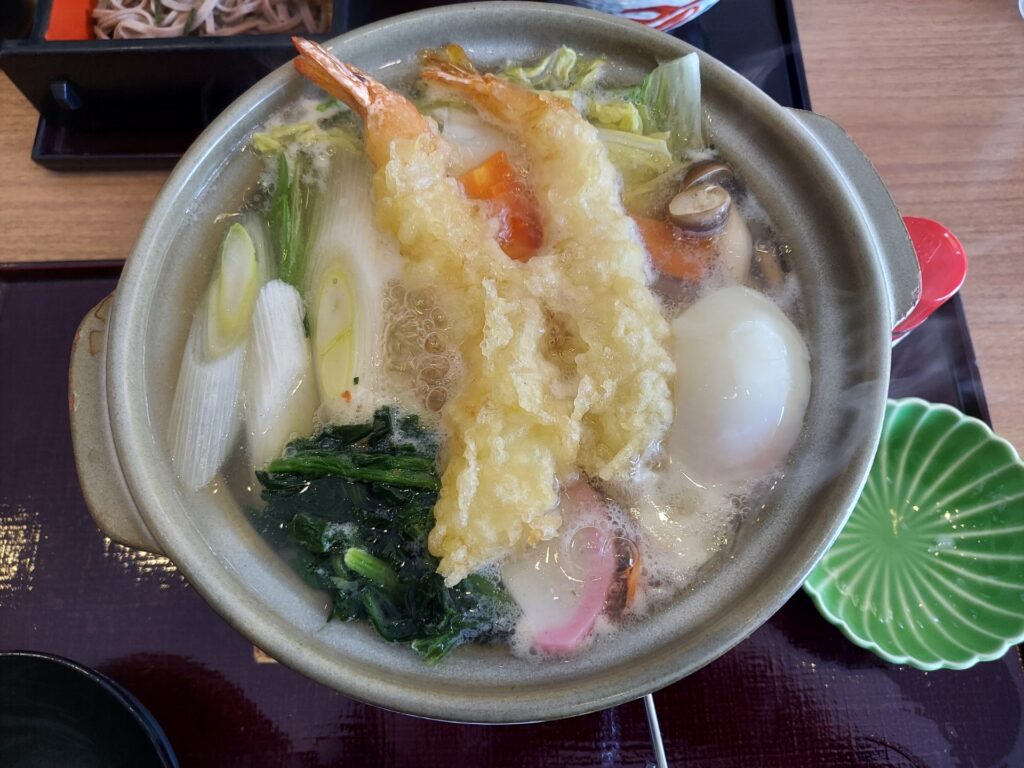
Nabeyaki Udon (鍋焼きうどん) is a traditional Japanese hot pot dish made by simmering thick, chewy udon noodles with a variety of toppings in a savory broth, all served piping hot in an individual clay pot known as a “donabe” (土鍋). The name “nabeyaki” comes from two Japanese words: “nabe” (pot) and “yaki” (to cook), emphasizing the method of cooking and serving the dish directly in a pot.
Unlike standard udon dishes that may be served cold or in a bowl of broth, Nabeyaki Udon is distinguished by its rustic, homey presentation and the unique experience of bubbling soup straight from the stove to table. The donabe retains heat exceptionally well, keeping the broth warm throughout the meal. This dish is especially popular in the colder months and is often associated with comfort food in Japan, served both in traditional restaurants and Japanese households.
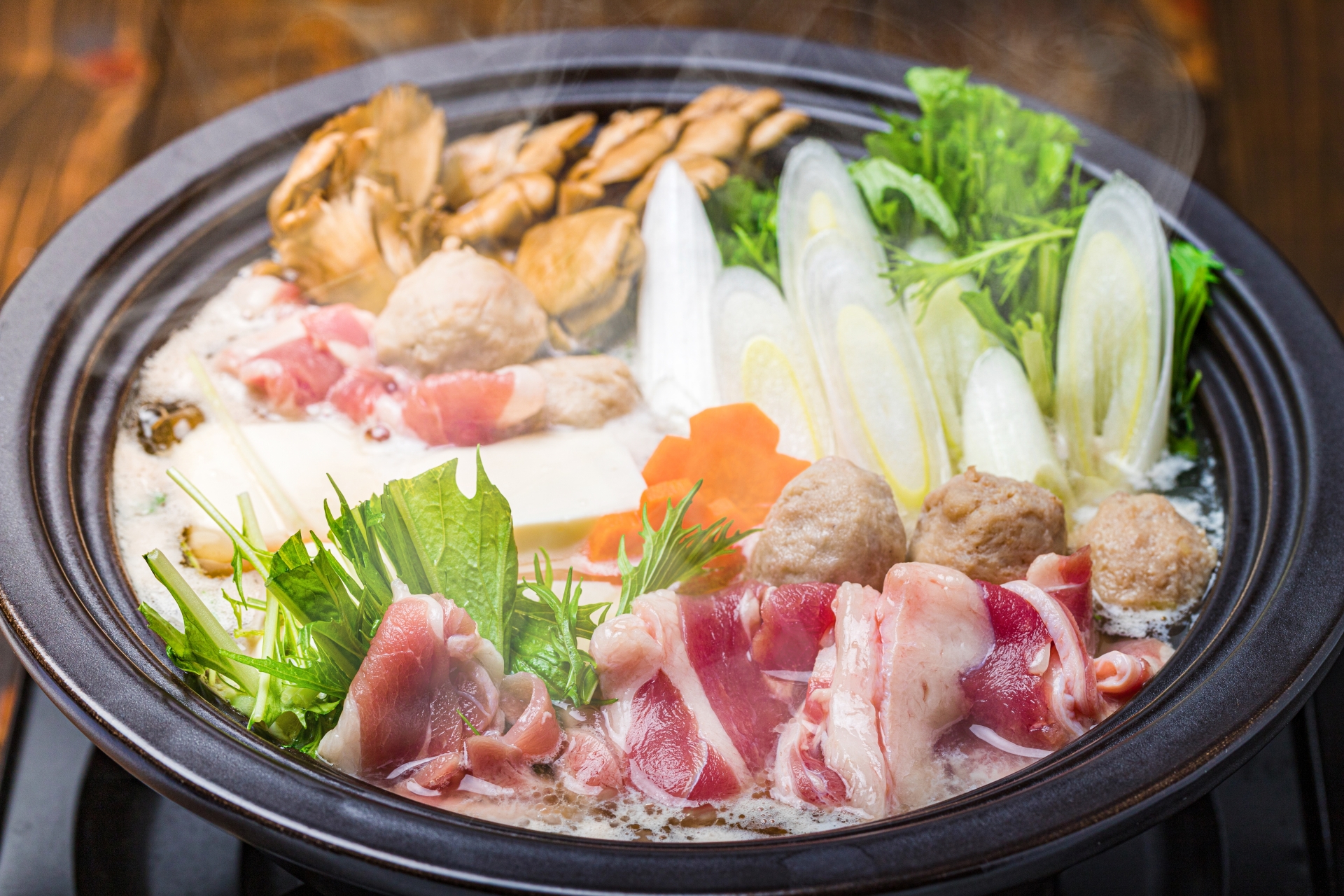
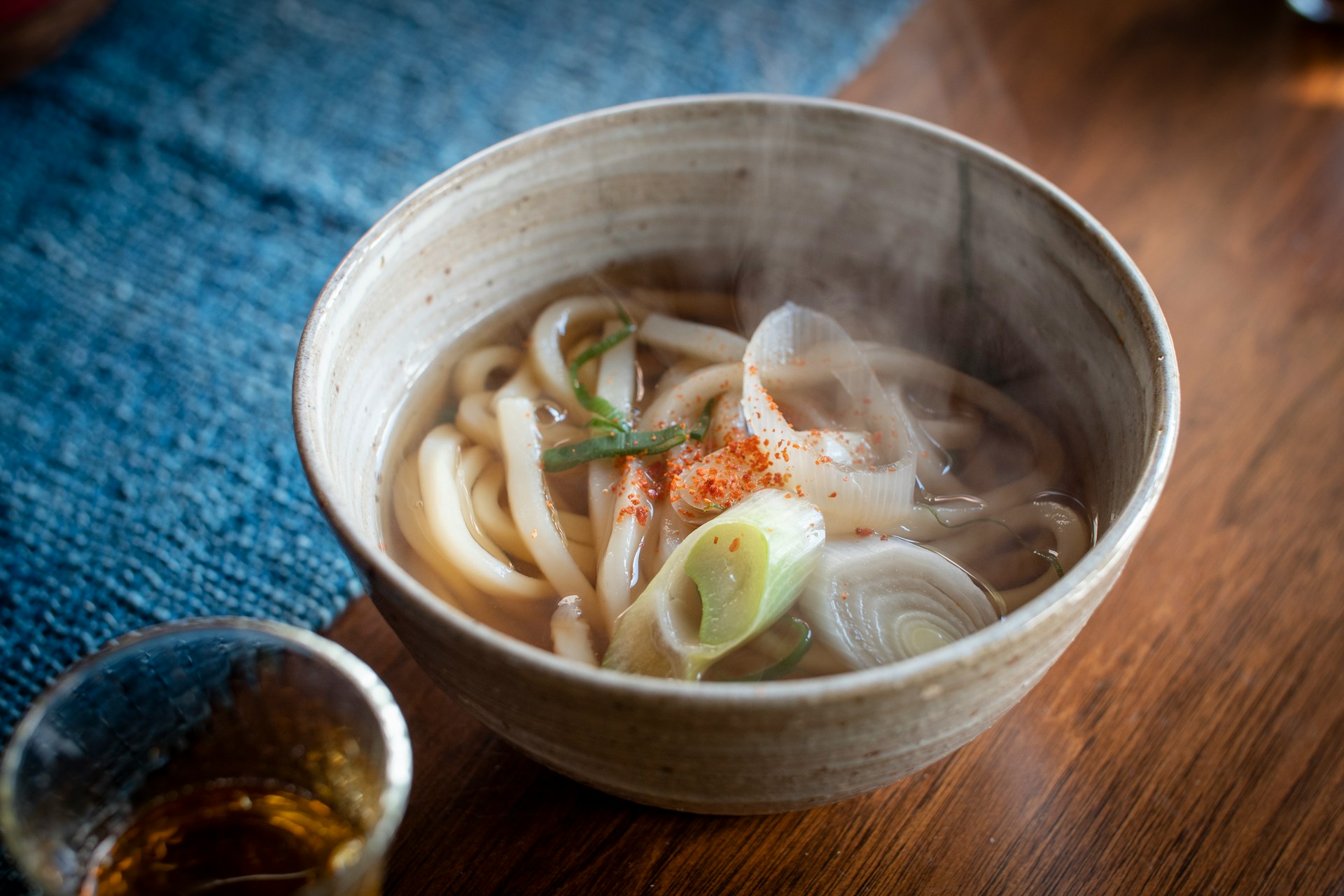
Ingredients and Toppings in Nabeyaki Udon
At its core, Nabeyaki Udon consists of three components: the udon noodles, the dashi-based broth, and a colorful assortment of toppings. Standard ingredients include:
- Udon noodles – Thick, wheat-based noodles that are chewy and satisfying.
- Dashi broth – A savory stock made from kombu (kelp), bonito flakes, and sometimes dried sardines.
- Chicken – Often skin-on thigh meat for richer flavor.
- Shiitake mushrooms – Adds umami depth.
- Kamaboko – A type of steamed fish cake, usually pink and white.
- Green onions – For freshness and mild sharpness.
- Raw egg – Cracked into the pot during the final minutes of cooking, gently poaching in the broth.
Optional toppings may include:
- Tempura shrimp – Lightly battered and fried, added just before serving.
- Spinach or mitsuba – Leafy greens for color and nutritional balance.
- Carrot slices, bamboo shoots, or yuzu peel – For garnish and flavor accent.
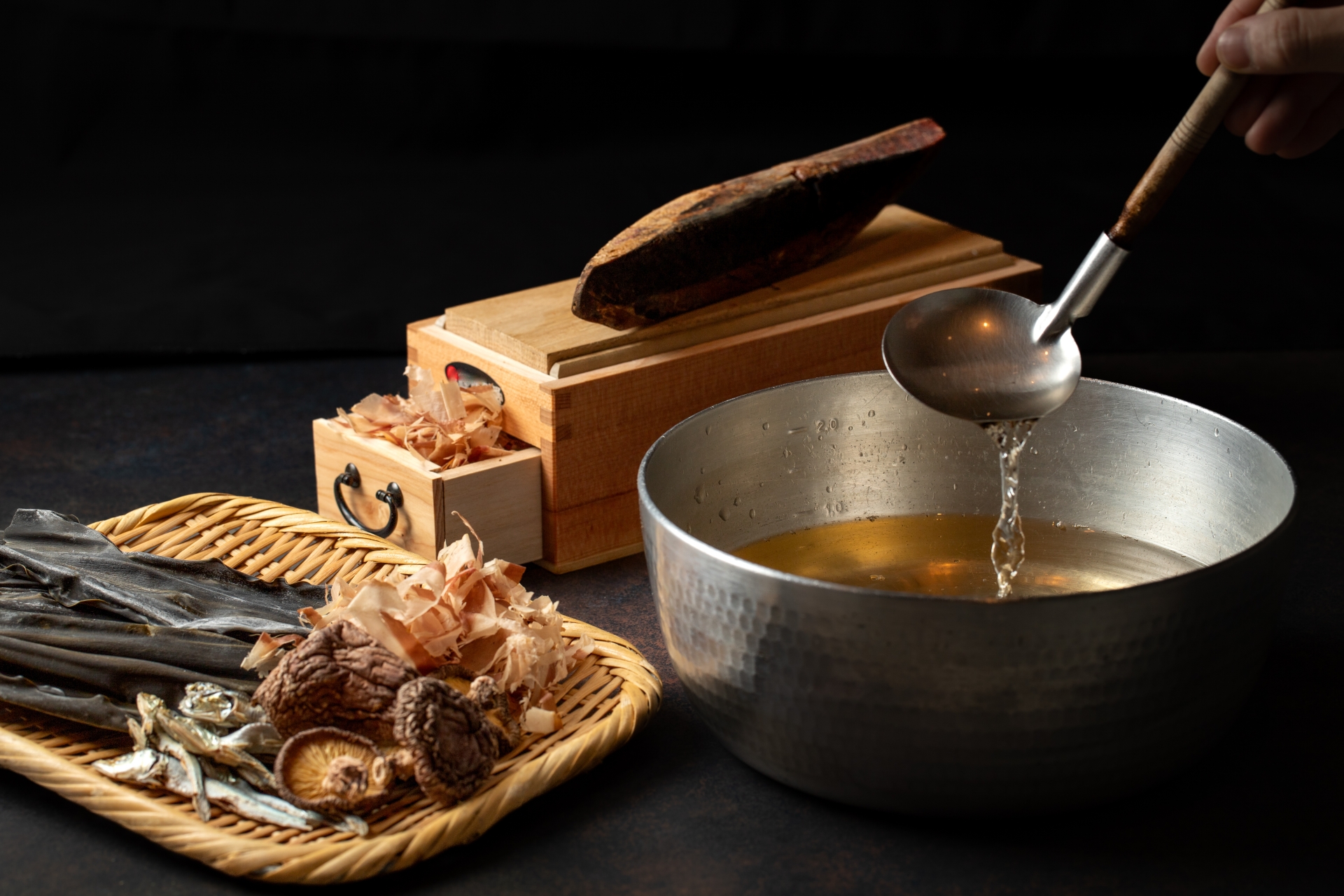
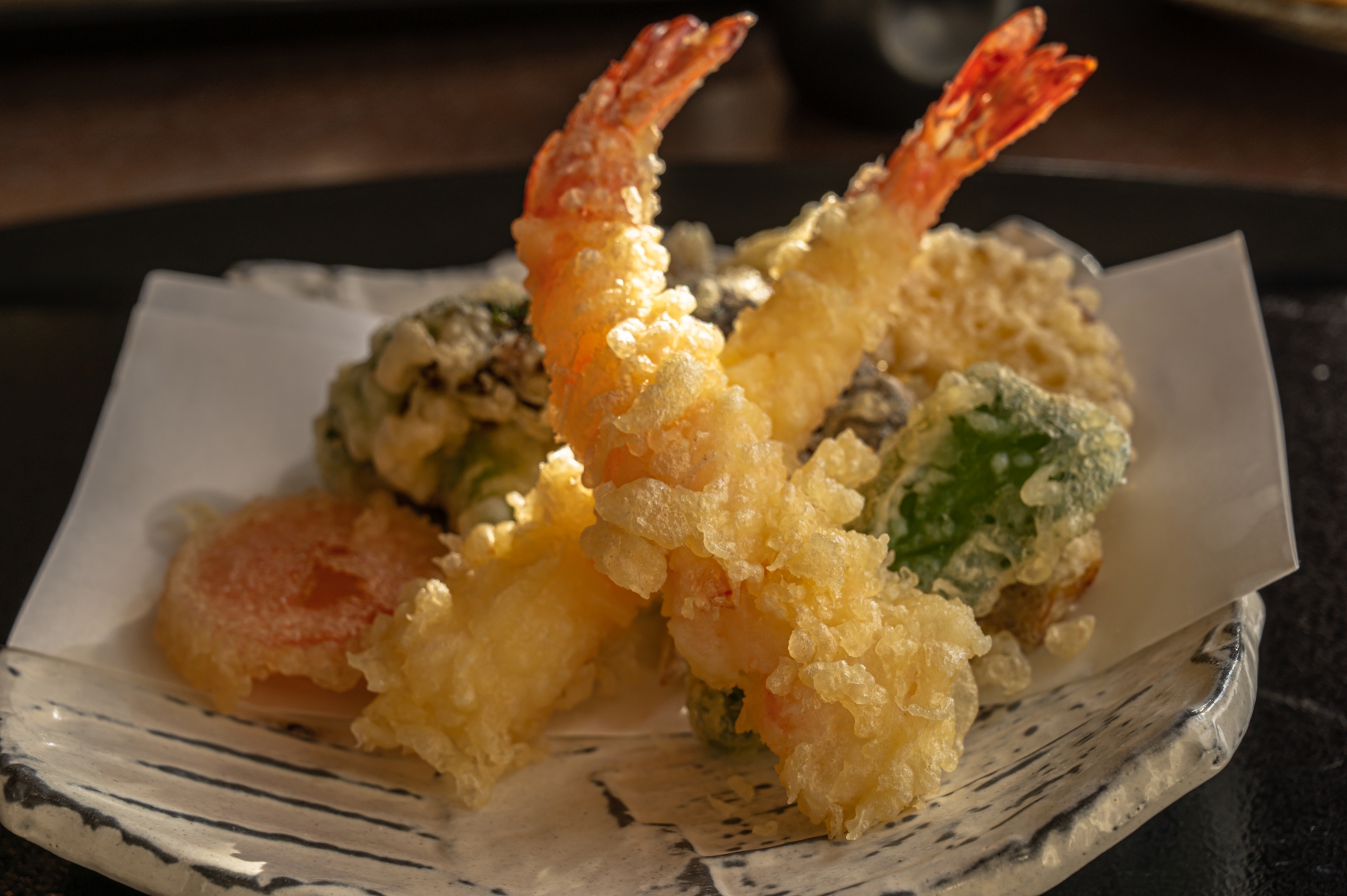
Vegetarian and Vegan Alternatives
To make a plant-based Nabeyaki Udon, start with a vegetarian dashi using kombu and dried shiitake mushrooms. Omit animal proteins and substitute with:
- Tofu – Firm tofu or fried tofu pouches (aburaage) for protein.
- Plant-based tempura – Sweet potato, eggplant, or broccoli tempura for texture.
- Kale or spinach – Readily available leafy greens.
- Vegan kamaboko alternatives – Optional, but available at some Japanese or vegan specialty stores.
The final dish remains just as comforting and hearty, with the added bonus of being fully plant-based.
How to Make Nabeyaki Udon at Home
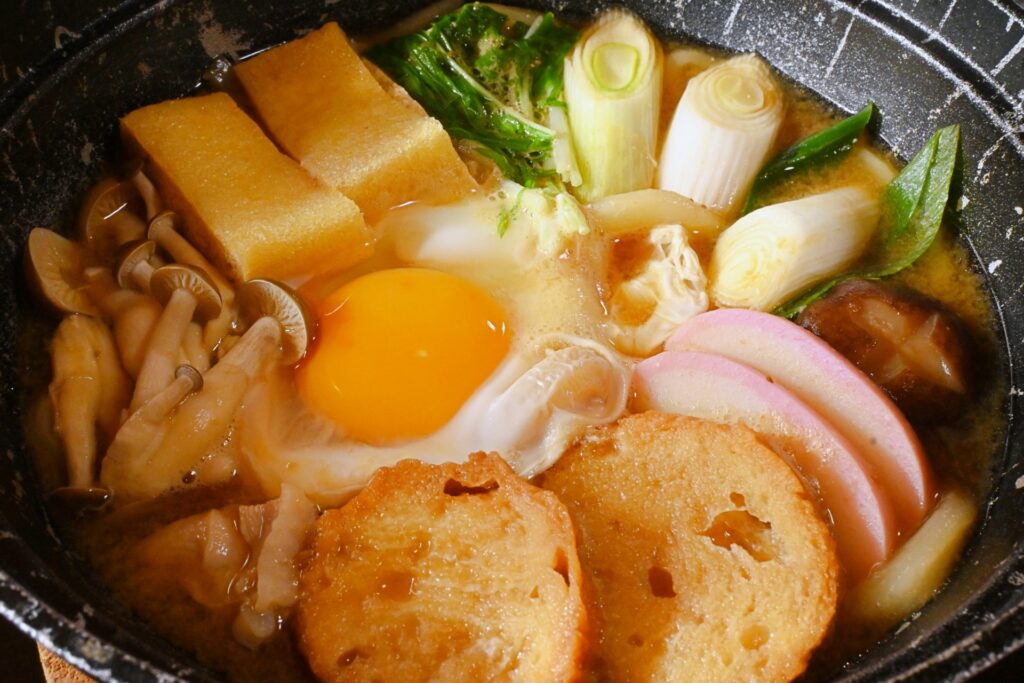
Nabeyaki Udon is surprisingly easy to prepare at home with the right ingredients and cookware. Below is a simplified breakdown:
Ingredients Table
| Ingredient | Quantity |
| Udon noodles (fresh or frozen) | 2 servings |
| Dashi stock | 2 cups |
| Soy sauce | 2 tbsp |
| Mirin | 1 tbsp |
| Chicken thigh (bite-sized pieces) | 100g |
| Shiitake mushrooms | 2-3 |
| Kamaboko slices | 2-4 |
| Green onions | To taste |
| Raw egg | 1 per person |
| Tempura shrimp (optional) | 1-2 per person |
| Spinach or greens | 1 handful |
Cooking Steps
- Prepare dashi broth and season with soy sauce and mirin.
- Boil udon noodles separately and drain.
- In a donabe (or small pot), heat the seasoned broth and add chicken and mushrooms.
- When chicken is cooked, add the pre-boiled udon noodles and simmer briefly.
- Add kamaboko and greens.
- Crack in raw egg and cover to cook gently.
- Add tempura shrimp just before serving.
Recommended Donabe Pots and Cookware
While any small soup pot can be used, an authentic donabe enhances the flavor and experience. Popular donabe brands available in the U.S. include:
- Iga Mono – Handmade in Japan, great heat retention.
- Nagatanien Donabe – Durable and stylish.
- Toiro Kitchen – Curated donabe collection with U.S. shipping.
Care tips:
- Never heat donabe on high right away—gradually warm it.
- Avoid thermal shock (don’t place a hot pot on cold surfaces).
- Dry thoroughly before storage.
Regional Variations and Cultural Significance
Nabeyaki Udon has subtle regional differences:
- Kanto (Tokyo area): The broth leans saltier and darker due to heavier use of soy sauce.
- Kansai (Osaka area): Broth is lighter and sweeter, using light soy sauce.
Culturally, Nabeyaki Udon is considered winter comfort food, often found on seasonal menus in traditional restaurants. In the home, it’s a centerpiece of warm, communal dining, particularly during the New Year or cold weather. Its bubbling hot presentation and nostalgic flavors symbolize both warmth and tradition.


History and Origin of Nabeyaki Udon
While the exact origin of Nabeyaki Udon is not definitively documented, it is believed to have developed during Japan’s Edo period (1603–1868) as communal cooking in clay pots became widespread. Over time, local variations evolved and the dish became associated with home cooking and winter dining.
The use of a personal donabe likely began in small inns or restaurants to ensure the dish stayed hot until served. Its enduring popularity reflects the Japanese philosophy of seasonal eating and the cultural importance of presentation.

FAQs about Nabeyaki Udon (Based on People Also Ask)
What is the difference between udon and nabeyaki udon? Regular udon can be served hot or cold and typically comes in a bowl. Nabeyaki Udon is always served hot in a clay pot, with specific toppings and a rustic style.
What does “nabeyaki” mean? “Nabeyaki” (鍋焼き) means “pot-cooked,” referring to the method of cooking the dish in a donabe pot and serving it directly from the vessel.
Can you make it without a clay pot? Yes, a small Dutch oven or thick-bottomed saucepan can be used. However, the donabe enhances flavor and presentation.
Is Nabeyaki Udon healthy? Generally yes—it’s a balanced dish with noodles, vegetables, and protein. However, sodium content can be high depending on the broth and seasonings used.
Related Dishes and What to Try Next
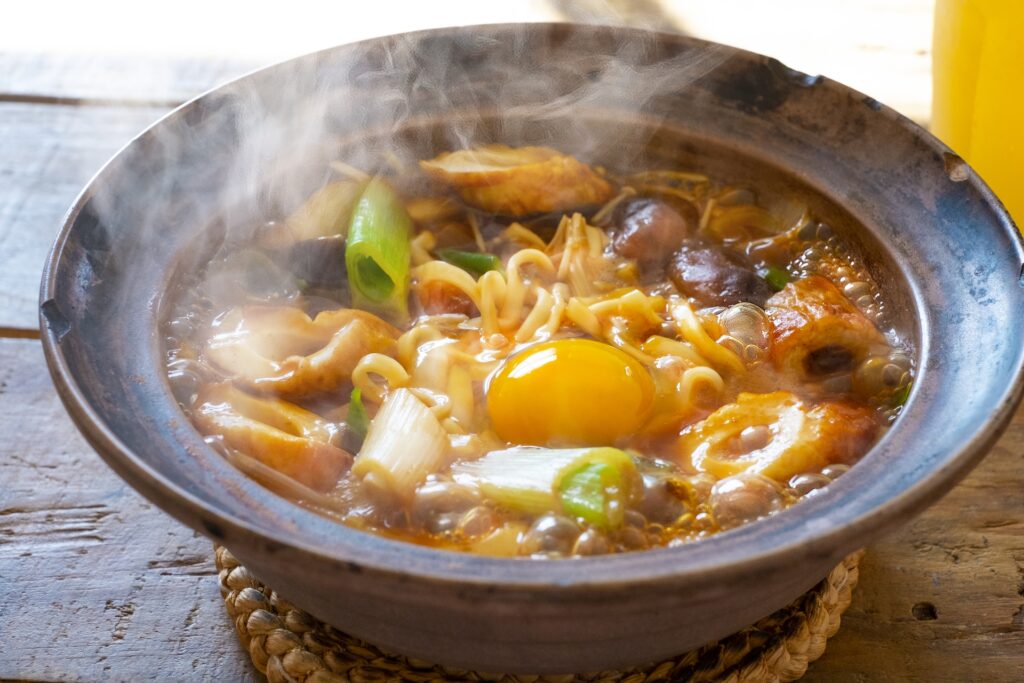
Explore similar Japanese comfort foods:
- Kitsune Udon – Udon served with sweetened fried tofu (aburaage).
- Tempura Udon – Udon topped with assorted tempura, served in a bowl.
- Miso Nikomi Udon – A rich Nagoya specialty using miso broth and thick udon.
- Sukiyaki or Nabemono – Hot pot meals with meat, vegetables, and dipping sauces.
Each offers a unique variation on the concept of hot noodle or pot-based dishes, rooted in regional flavors and traditions.
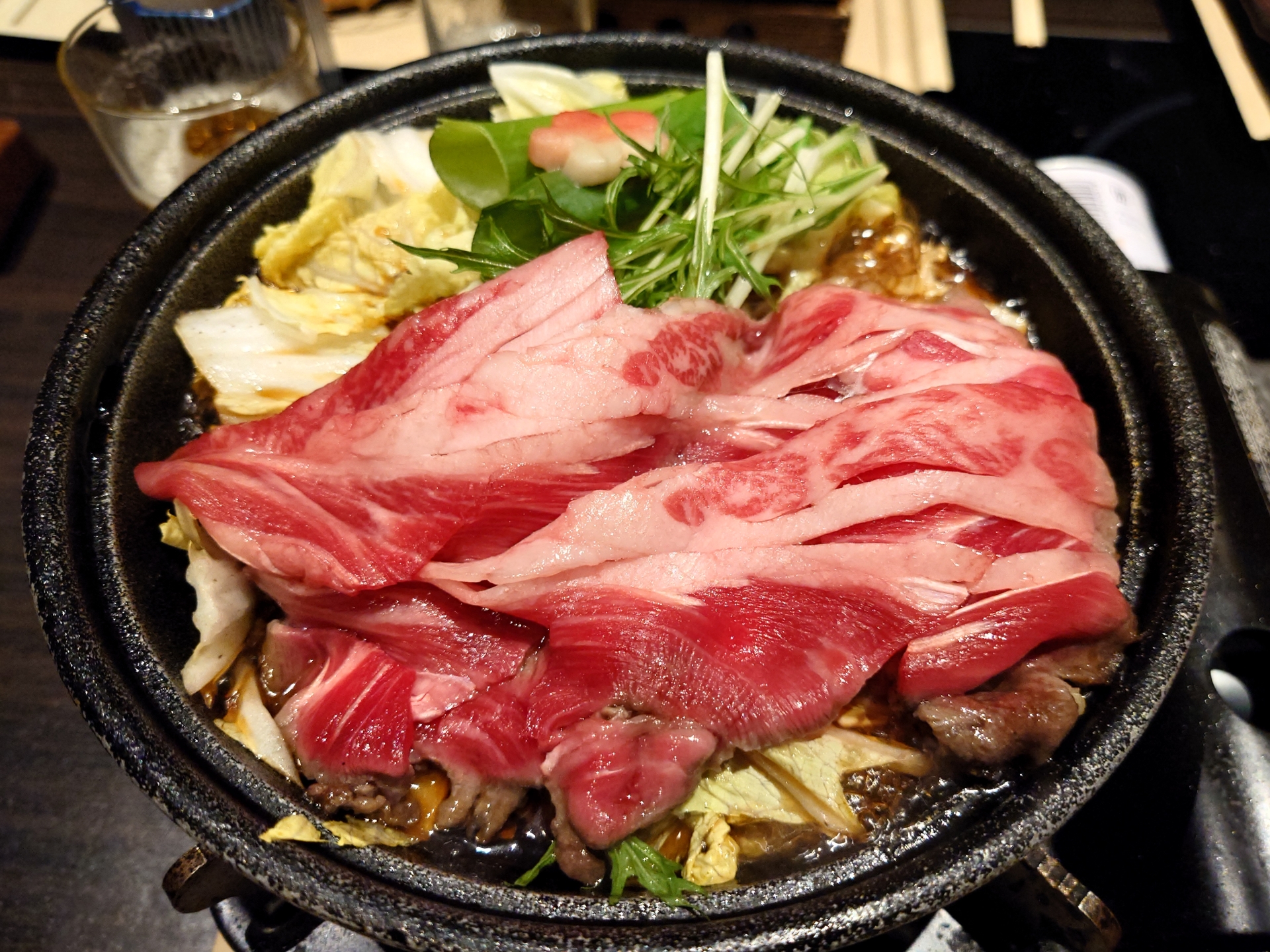
Conclusion: Why Nabeyaki Udon Deserves a Spot in Your Winter Recipe Rotation
Nabeyaki Udon is more than a meal—it’s a warm, inviting experience that celebrates Japanese culinary values of seasonality, harmony, and presentation. With its hearty ingredients, bubbling broth, and customizable toppings, it offers comfort in every spoonful. Whether you’re cooking with a donabe or using a regular pot, preparing this dish at home is an opportunity to explore authentic flavors and bring a piece of Japanese culture into your kitchen. As the temperatures drop, few dishes are as satisfying and culturally rich as Nabeyaki Udon.

